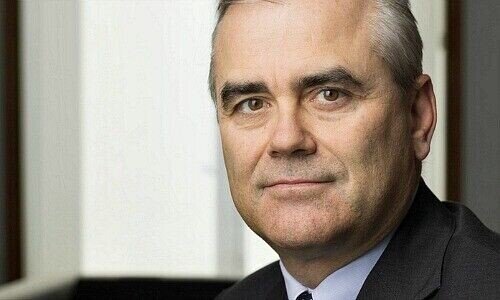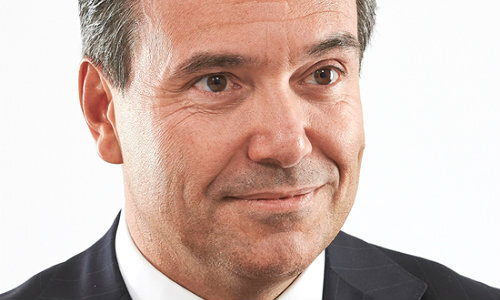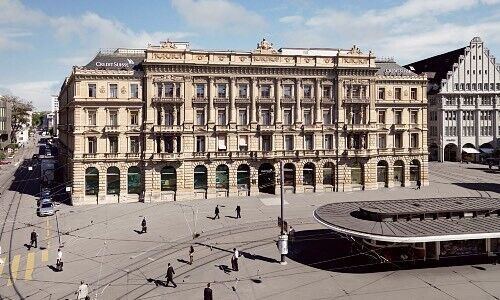At Credit Suisse, Funds Fall Out of Favor
The implosion of a $10.1 billion line of Greensill funds has the Swiss bank scrambling – and likely means deeper changes for the unit in an ongoing strategic review.
Zurich-based Credit Suisse on Tuesday reported the best start to the year in the last decade – overshadowed by the fallout from Greensill, a supply chain partner as well as a client of both its wealth management and investment banking arms.
CEO Thomas Gottstein was forced to devote much of a brokerage presentation on Tuesday to answer questions about Greensill – «I mean I would be lying if I said the supply chain fund wasn't a distraction,» Gottstein said dryly. Praised as recently as three months ago, the Greensill funds have sparked blame-shifting as well as soul-searching within the asset management unit and the wider Swiss bank.

«I Always Had My Doubts»
Notably, the tone has shifted: Gottstein signaled Credit Suisse is mulling removing the asset management arm from a wider private banking unit it has sat in for the past nine years. «Structurally, as I mentioned before having asset management as a subdivision of IWM [international wealth management] is something we're looking at, together with the board.»
The board is undergoing a major change in six weeks when Chairman Urs Rohner hands over to António Horta-Osório (pictured below). Currently CEO of Lloyds, the Portuguese native will have to come to grips with Greensill and the Swiss wealth manager’s wider strategy quickly.

Ex-CEO Tidjane Thiam had set up the international wealth unit, which encompasses the funds and other boutiques, as part of his 2015 restructuring of Credit Suisse. The revamp gave Gottstein, a long-standing investment banker, the so-called Swiss universal bank of retail, corporate, and private banking.
Six years later, now as CEO, Gottstein isn't a fan anymore – at least about where asset management sits: «It's something that I always had some doubts about, he said at the brokerage conference on Tuesday. «We'll update you if and when there are any changes,»
Cleaving Fund Unit
The subtle aside is in fact meaningful: Greensill has dramatically raised the stakes – and urgency – for Credit Suisse. The bank looks increasingly likely to cleave asset management out of the private bank, (it already set up a legal entity for the money management unit in 2017).
As recently as February, Gottstein backed the unit despite a 60 percent drop in profit before taxes: asset management, he pledged, would normalize its profits over the course of 2021. Just one month later, the Swiss wealth manager pulled the plug on Greensill.
Uncomfortable Questions
The events come roughly six months into a year-long review of asset management, which has long pursued a «barbell» strategy. Highly specialized hedge funds and other private market vehicles on one end made up nearly one-third of its assets at year-end, index and mutual funds on the other end of the barbell.
Horta-Osório is likely to raise questions about the layout his predecessor Rohner has pursued for the last ten years. But first, damage control on Greensill – which probably means uncomfortable questions for Eric Varvel, a 30-year veteran of Credit Suisse who oversees asset management (Varvel associates including Michel Degen were already replaced in their roles temporarily).
Private Banker's Unease

The questions will inevitably lead to Philipp Wehle (pictured above), Credit Suisse's international wealth boss who ultimately oversees asset management. The German banker appears to be pushing to split the sub-unit out of the private bank.
Asset management's troubles and write-downs last year pushed the wealth arm's pre-tax profit nearly one-third lower to 1.2 billion Swiss francs ($1.3 billion) last year. To be sure, the private bank alone managed a surprising 17 percent drop in its profit during the same period.
The boom years of asset management, such as 2019 when it hoovered up more fresh client money than banking wealthy foreigners, has morphed from a star performer to a stain. If Credit Suisse were to elect to cut the 440 billion franc unit loose, the Swiss bank would find rampant market interest, possibly as near as across Paradeplatz.




























